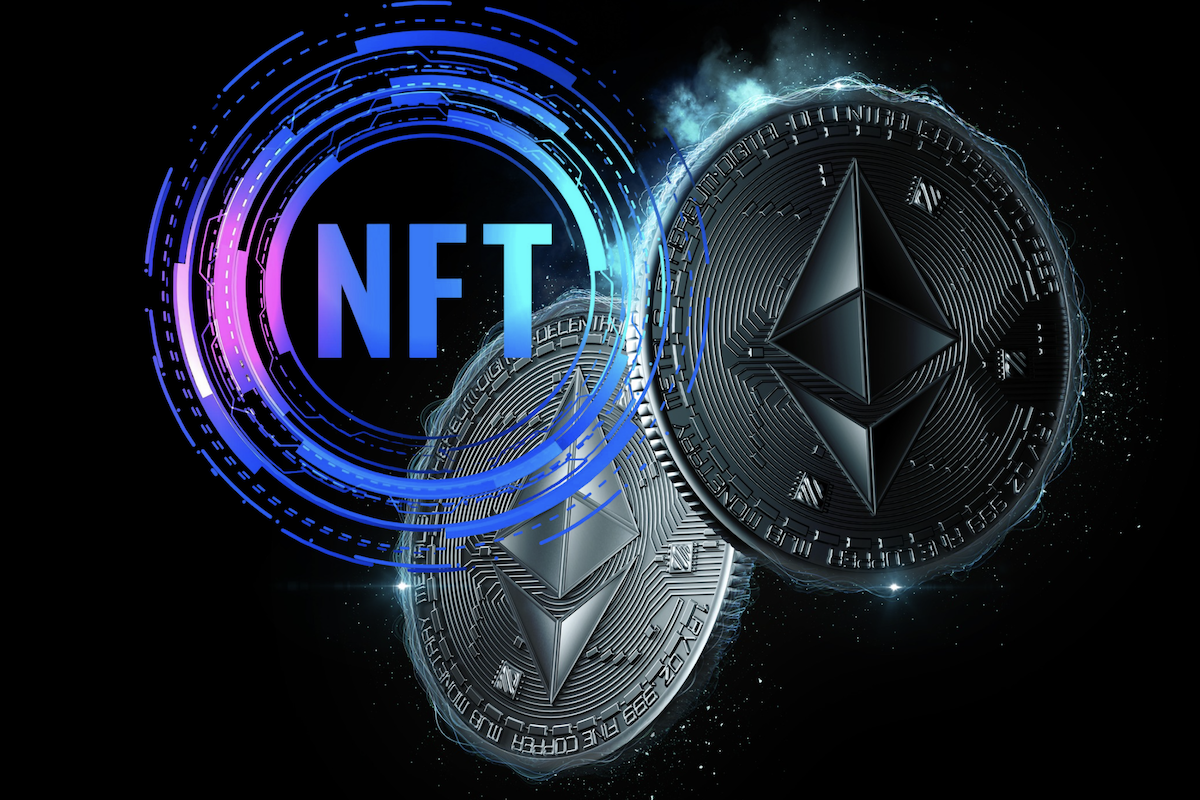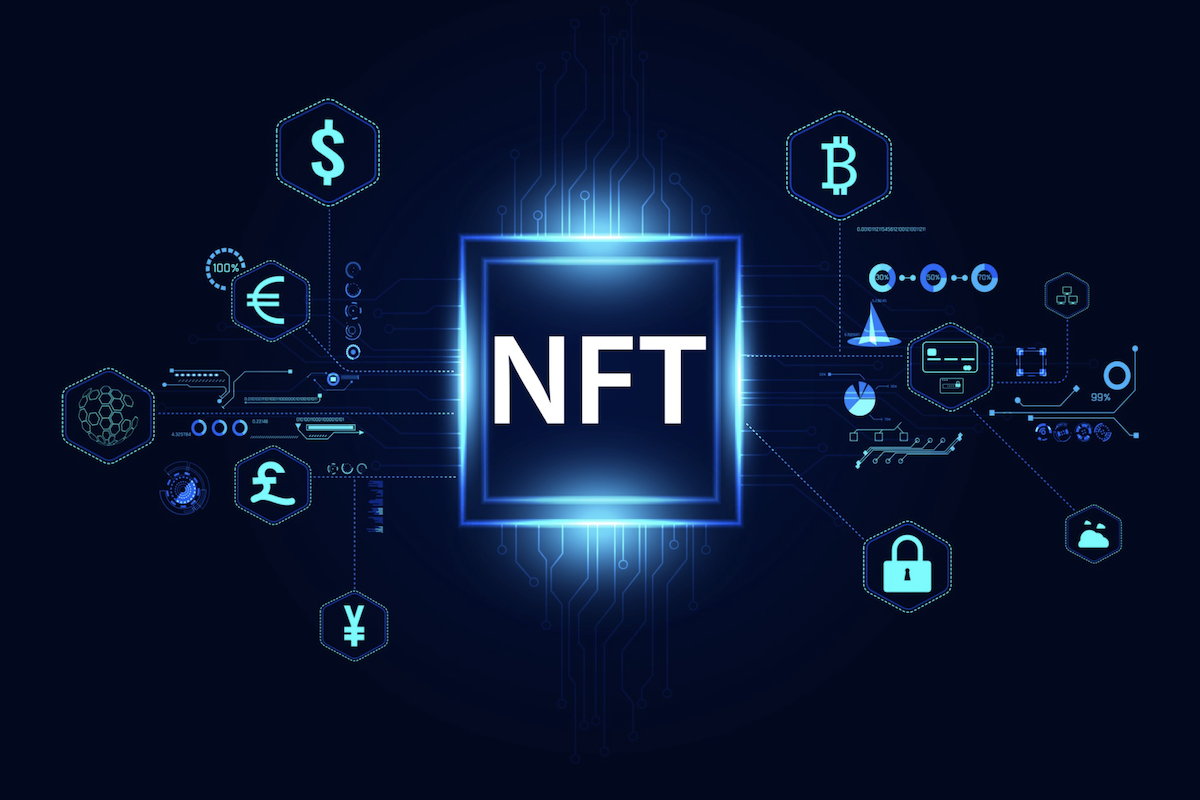Why NFT Projects Fail and How to Avoid It
Discover why NFT projects fail, from hype-driven drops to poor utility. Learn how brands can avoid mistakes and build long-term success with NFTs.

Brands have poured millions into NFT campaigns, yet many fail to make a lasting impression. The main issue isn’t the technology—it’s how companies misunderstand what makes digital assets valuable in the first place.
Key Takeaways
Treating NFTs as short-lived hype stunts damages brand trust.
Confusing, jargon-heavy launches push mainstream audiences away.
Projects without clear utility lose relevance fast.
Community engagement is critical for sustainable success.
Authenticity and alignment with brand values drive long-term impact.
Why NFT Projects Fail: The Hype Trap
I’ve seen many brands treat NFTs as quick viral marketing stunts. For example, CNN’s “Vault” project offered digital memorabilia for historic news moments. It sold well at first, but shut down within two years, leaving buyers without the long-term value they expected. This move hurt trust in CNN and in branded NFTs in general.
Another example is Ubisoft’s Quartz launch in 2021, which tried to integrate NFTs into Ghost Recon Breakpoint. Despite Ubisoft’s size and reputation, the announcement was drowned in backlash from gamers. Fans felt the NFTs were pushed purely for profit, with no meaningful connection to gameplay. The company was forced to scale back its ambitions after the poor reception.
The main lesson is clear: if an NFT campaign relies only on hype, it will not last. People want something that stays relevant, not just a digital souvenir that is forgotten after the initial buzz. This is a major reason why many NFT projects fail.
Ignoring Consumer Education
One of the most overlooked issues is onboarding. Too often, brands assume their audiences understand wallets, tokens, and gas fees. Liverpool FC’s 2022 NFT drop with Sotheby’s is a clear example. It was filled with jargon and offered confusing tiers of collectibles. The result? More than 95% of the NFTs went unsold. Fans didn’t know why they should buy or how to even start.
Even a major company like Square Enix struggled with its NFT projects. Many players did not know how to access or use the assets, which led to frustration instead of excitement. If onboarding is not user-friendly, projects that could attract a wide audience end up pushing people away.
Brands should make it easier for people to get involved. This includes allowing regular payments, using simple language to explain NFTs, and offering clear guides. If they do not, their projects may fail to reach a broader audience.
Utility Matters More Than Collectibility
If an NFT offers nothing beyond a JPEG, it’s destined to fade quickly. Pepsi’s “Mic Drop” collection in 2021 generated attention at launch but gave buyers no ongoing utility. Within weeks, it was forgotten.
Compare that to Coca-Cola’s NFT campaigns, which went beyond art. Holders gained access to exclusive experiences, digital wearables, and even real-world perks tied to events. The NFTs worked because they tied into Coca-Cola’s brand story of shared moments and connection.
Nike’s acquisition of RTFKT is another strong case study. Instead of selling static collectibles, Nike integrated digital sneakers with gaming, AR try-ons, and future resale markets. That practical utility ensured the assets retained value far beyond launch.
The lesson is clear—collectibility alone isn’t enough. Utility is what transforms NFTs into lasting digital assets. Without it, brands end up as yet another story of why NFT projects fail.
Forgetting the Community Factor
Community is the lifeblood of Web3, yet many brands treat NFTs like traditional product drops. Adidas avoided this mistake by partnering with Bored Ape Yacht Club, Gmoney, and Punks Comic for its “Into the Metaverse” campaign. That collaboration created immediate buy-in from active NFT communities, fueling organic growth.
On the flip side, Gap’s NFT hoodie launch felt disconnected. It lacked community integration, offered no clear roadmap, and failed to generate ongoing engagement. The drop fizzled out, highlighting the risk of treating NFTs as standalone products instead of entry points into community culture.
Even brands with global reach can fail here. McDonald’s China tried launching NFTs tied to its anniversary, but without proper community engagement, the campaign went unnoticed outside of local press coverage. Community participation isn’t optional—it’s the difference between sustainable engagement and irrelevance.
Ignoring this factor is one more reason why NFT projects fail.
Misalignment With Brand Values
Authenticity makes or breaks branded NFT projects. Gucci’s Vault NFTs succeeded because they extended the brand’s luxury storytelling into digital spaces. Exclusivity, artistry, and scarcity all fit naturally with Gucci’s identity, making the campaign feel genuine.
By contrast, Taco Bell’s 2021 NFT experiment sold out quickly but had no lasting connection to the brand. It felt more like a marketing gimmick than a thoughtful extension of what Taco Bell stands for. That kind of mismatch leaves consumers questioning whether the project is worth their attention.
Another example is WWF’s “Tokens for Nature” campaign, which attempted to tie NFTs to conservation. Critics argued that minting NFTs contradicted WWF’s environmental mission, leading the organization to suspend the project. This kind of misalignment shows how failing to connect NFTs with brand values can backfire, damaging credibility instead of building it.
Authenticity isn’t negotiable. When NFTs clash with brand identity, they risk becoming a public relations problem rather than a success story.
Lessons Brands Must Learn
NFTs fail not because of lack of interest but because brands misunderstand what drives long-term value. Overhyping, skipping education, ignoring utility, neglecting community, and straying from brand values are the most common mistakes. These patterns explain why NFT projects fail again and again.
Successful brands take a different approach. They educate their audiences, create campaigns with real value, support their communities, and stay true to their core values. NFTs can help build loyalty and share a brand’s story, but only if they’re more than a quick stunt. Treating NFTs as long-term brand assets is the best way to avoid becoming another failed example.





